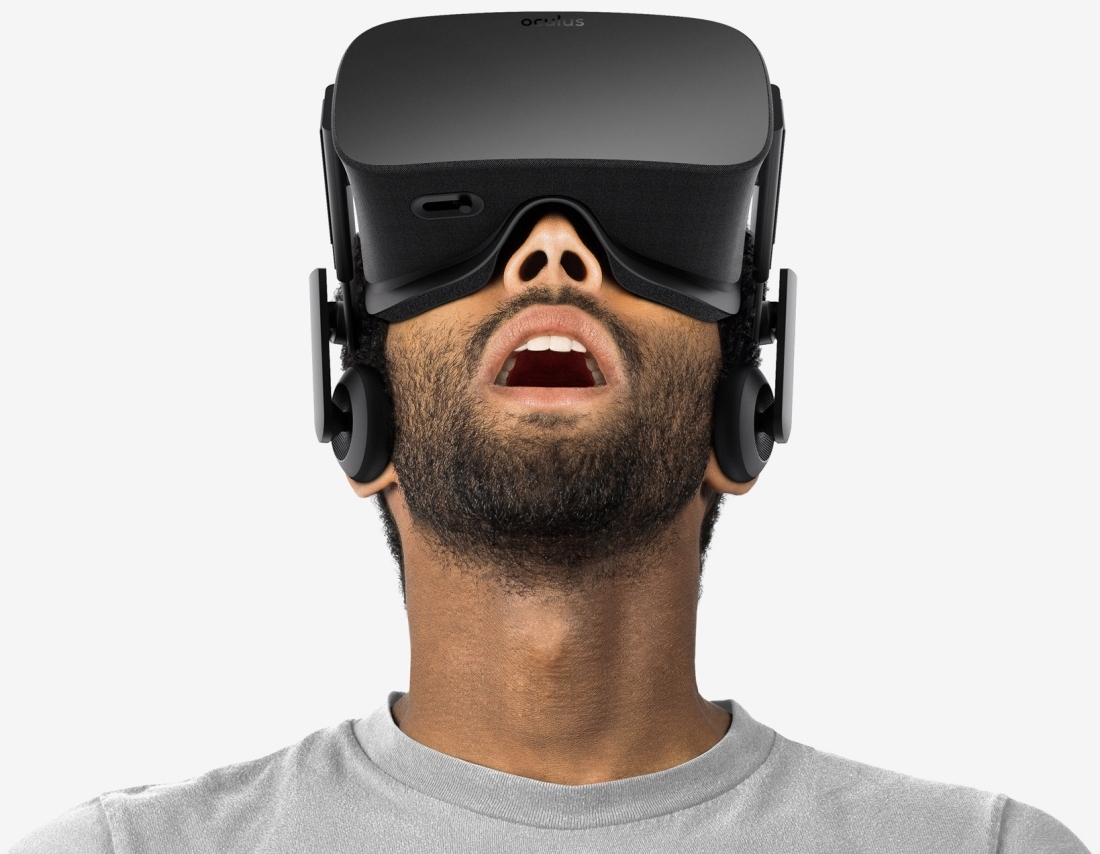Facebook-owned Oculus VR during its Oculus Connect 3 event last month briefly touched on a new imaging technology aimed at reducing system hardware requirements without compromising image quality.
That technology, called Asynchronous Spacewarp, has now been launched.
Asynchronous Spacewarp builds on top of the smoothing experience delivered by Asynchronous Timewarp. Whereas Asynchronous Timewarp deals strictly with smoothing a user's head rotation by generating extrapolated frames from previous frames generated by a VR application, Asynchronous Spacewarp works to smooth out everything else including character movement, Touch controller movement, camera movement and the player's own positional movement.

In layman's terms, when the frame rate in an application drops below 90 frames per second, these two technologies automatically go to work to deliver a visual experience that's nearly as good as running natively at 90 frames per second.
The more capable your PC is, the less likely it is that these technologies will ever kick in. Conversely, machines with far less horsepower can lean heavily on these technologies, thus opening the doors to VR gaming for a class of computers that previously weren't able to drive the experience.
There are a few tradeoffs, however, which you can read more about over on Oculus VR's website.
Oculus VR up to this point recommended an Nvidia GTX 970 / AMD 290 or equivalent graphics card and an Intel Core i5-4590 or equivalent processor. With the new imaging technologies, the requirements have dropped to a GTX 960 / Radeon RX 470 or comparable video card and an Intel Core i3-6100 / AMD FX-4350 or equivalent CPU.
To drive that point home, Oculus points to a pre-built PC from CyberPowerPC that's certified Oculus Ready and priced at just $499. That's down from the average starting price of $1,000 for a capable system at launch.
